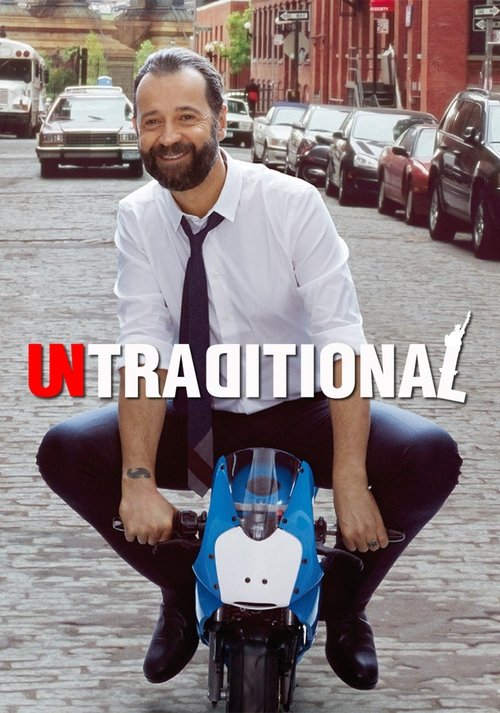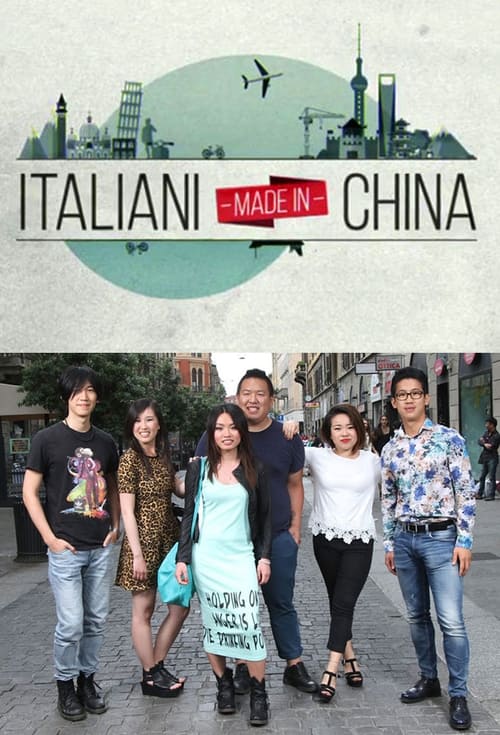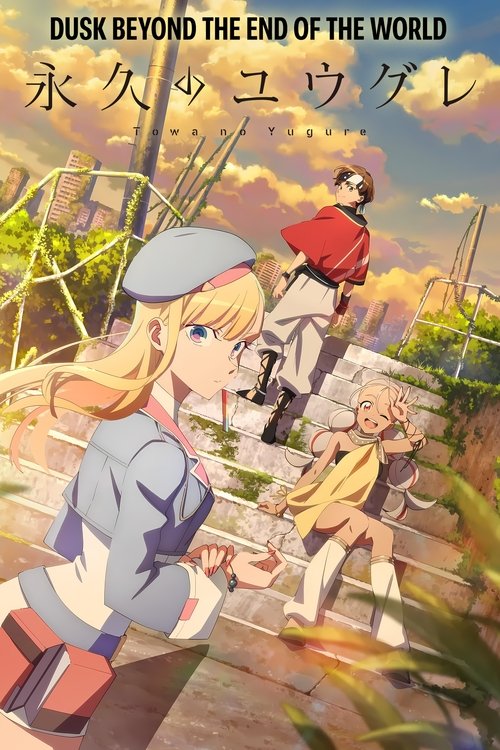
Ask Your Own Question
What is the plot?
In the opening scenes of "Rubio in Search of the Lost Taste," we are introduced to Rubio, a passionate and somewhat eccentric chef who is disillusioned with the modern culinary world. He feels that the essence of traditional cooking has been lost in the pursuit of trends and commercialism. This sets the stage for his quest to rediscover authentic flavors and techniques that have been forgotten over time.
Rubio receives a mysterious letter from an old mentor, who hints at a legendary ingredient that could change the culinary landscape. Intrigued and motivated by nostalgia, Rubio decides to embark on a journey to find this ingredient, which is said to be hidden in a remote village known for its rich culinary heritage. He packs his bags, leaving behind his bustling restaurant and the pressures of contemporary gastronomy.
As Rubio travels to the village, he encounters various challenges. His first stop is a bustling market where he meets local vendors. Here, he learns about the importance of community and the stories behind the ingredients they sell. He engages in conversations with the vendors, who share their knowledge of traditional cooking methods. This interaction deepens his understanding of the connection between food and culture.
Upon arriving in the village, Rubio is welcomed by the locals, who are initially skeptical of his intentions. They are protective of their culinary secrets and wary of outsiders. Rubio's determination to earn their trust leads him to participate in local cooking events, where he showcases his skills while also learning from the villagers. He begins to form bonds with key characters, including a wise old woman who serves as a guardian of the village's culinary traditions.
As Rubio delves deeper into the village's culinary practices, he discovers that the legendary ingredient is tied to a local festival that celebrates the harvest. The villagers explain that the ingredient can only be harvested during a specific time of year, and the festival is a crucial part of the process. This revelation adds urgency to Rubio's quest, as he realizes he must align his search with the festival's timeline.
Tensions rise when a rival chef from the city arrives, seeking to exploit the village's culinary secrets for commercial gain. This chef challenges Rubio, leading to a cooking competition that pits traditional methods against modern techniques. The competition is intense, with both chefs showcasing their skills. Rubio's emotional investment in the village's heritage drives him to push his limits, while the rival chef represents everything he stands against.
In the climax of the competition, Rubio faces a moment of doubt as he struggles to balance his innovative ideas with the traditional methods he has learned. However, inspired by the villagers and their stories, he decides to embrace the authenticity of the local cuisine. He creates a dish that honors the village's traditions while incorporating his unique flair. The judges are moved by his passion and the story behind his dish, ultimately declaring him the winner.
Following the competition, Rubio is celebrated by the villagers, who finally accept him as one of their own. He learns that the legendary ingredient is not just a physical item but a symbol of the community's spirit and resilience. The festival culminates in a grand feast, where Rubio and the villagers come together to share their dishes, celebrating the fusion of old and new.
In the final scenes, Rubio reflects on his journey and the lessons he has learned about the importance of preserving culinary traditions. He decides to return to his restaurant, not to abandon his modern approach but to integrate the authentic flavors and techniques he has rediscovered. The film closes with Rubio preparing a new menu that honors the village's heritage, showcasing the lost tastes he has found along the way.
What is the ending?
In the ending of "Rubio in Search of the Lost Taste," Rubio finally uncovers the secret recipe he has been searching for throughout his journey. He returns to his hometown, where he prepares a meal that embodies the flavors of his childhood. The experience brings him closure and a renewed sense of purpose, as he shares the meal with his family and friends, rekindling connections that had been lost over time.
As the credits roll, Rubio stands in his kitchen, surrounded by loved ones, reflecting on the importance of tradition, memory, and the bonds that food can create.
As the final act of "Rubio in Search of the Lost Taste" unfolds, the scene opens with Rubio standing in a rustic kitchen, the warm glow of the setting sun filtering through the window. He is surrounded by an array of ingredients, each one carefully selected during his travels. The air is thick with anticipation and nostalgia, as he prepares to recreate the lost recipe that has haunted him throughout his journey.
Rubio's hands move deftly, chopping vegetables and stirring sauces, but his mind is a whirlwind of memories. He recalls the faces of his family, the laughter shared over meals, and the stories that were woven into each dish. The camera captures the intensity in his eyes, a mix of determination and vulnerability, as he realizes that this meal is not just about the food; it is about reconnecting with his roots and honoring his heritage.
As he cooks, the scene shifts to his family gathering in the dining room, their chatter filled with excitement and curiosity. Each family member brings their own memories and expectations, creating a palpable tension in the air. Rubio's sister, who has been skeptical of his quest, watches him with a blend of pride and apprehension, unsure if he can truly capture the essence of their past.
The moment arrives when Rubio presents the meal, a beautifully plated dish that reflects the flavors of his childhood. The camera lingers on the faces of his family as they take their first bites. There is a moment of silence, followed by a wave of emotion as they savor the familiar tastes. Tears well up in his sister's eyes, and Rubio feels a rush of relief and joy. He has not only recreated a dish but has also reignited the bonds that had frayed over the years.
As they eat, laughter fills the room, and stories begin to flow, each bite unlocking memories long buried. Rubio watches, a smile spreading across his face, as he realizes that the journey was never just about finding a recipe; it was about rediscovering the connections that make life meaningful.
In the final scene, Rubio stands alone in the kitchen, the remnants of the meal scattered around him. He takes a moment to reflect, looking out the window at the sunset. The camera captures the warmth of the moment, emphasizing the transformation he has undergone. He has found not only the lost taste but also a renewed sense of purpose and belonging.
As the credits roll, viewers are left with a sense of closure for Rubio and his family. Each character has experienced growth: Rubio has embraced his heritage, his sister has come to appreciate his journey, and the family as a whole has rekindled their connections through the power of food. The ending resonates with the idea that while flavors may fade, the memories and relationships they evoke can be revived, creating a lasting legacy.
Is there a post-credit scene?
In "Rubio in Search of the Lost Taste," there is no post-credit scene. The series concludes its narrative without additional content after the credits, focusing instead on the journey and experiences of the main character, Rubio, as he explores various culinary traditions and seeks to rediscover lost flavors. The final moments of the show encapsulate Rubio's emotional growth and his deepened appreciation for food and culture, leaving viewers with a sense of closure regarding his quest.
What motivates Rubio to embark on his journey in search of lost tastes?
Rubio is driven by a deep-seated passion for culinary heritage and a desire to reconnect with the flavors of his childhood. His emotional connection to food is rooted in memories of family gatherings and traditional recipes that have been passed down through generations. This personal quest is not just about food; it symbolizes a search for identity and belonging.
Which specific lost tastes does Rubio seek throughout the series?
Throughout the series, Rubio seeks out various traditional dishes and ingredients that have fallen out of favor or been forgotten. Notable examples include ancient grains, heirloom vegetables, and regional specialties that reflect the cultural diversity of the areas he visits. Each taste he uncovers is tied to a story or a community, enriching his journey.
How does Rubio's relationship with local chefs evolve during his travels?
As Rubio travels, his interactions with local chefs evolve from initial curiosity to deep mutual respect and collaboration. He starts as an outsider, but as he learns their stories and techniques, he becomes more integrated into their culinary worlds. This transformation highlights his growth and the bonds formed through shared passion for food.
What challenges does Rubio face in his quest for lost tastes?
Rubio encounters several challenges, including language barriers, cultural differences, and the difficulty of finding authentic ingredients. He also faces skepticism from some locals who are hesitant to share their culinary secrets. These obstacles test his determination and adaptability, ultimately shaping his character and the narrative.
How do the personal stories of the people Rubio meets impact his journey?
The personal stories of the individuals Rubio meets profoundly impact his journey, providing context and emotional depth to the lost tastes he seeks. Each encounter reveals the struggles, traditions, and aspirations of the people behind the food, enriching Rubio's understanding of the cultural significance of cuisine and reinforcing his commitment to preserving these culinary legacies.
Is this family friendly?
"Rubio in Search of the Lost Taste" is generally considered family-friendly, but there are a few aspects that might be potentially objectionable or upsetting for children or sensitive viewers.
-
Cultural Sensitivity: The show explores various cultures and their culinary traditions, which may include scenes of food preparation that some viewers might find unusual or unappetizing.
-
Emotional Themes: The protagonist, Rubio, often reflects on personal loss and nostalgia related to food, which can evoke feelings of sadness or longing. These emotional moments may resonate deeply with some viewers.
-
Food Waste: There are scenes that depict food being discarded or not used, which could be upsetting for viewers sensitive to issues of waste and hunger.
-
Culinary Challenges: Rubio faces various challenges in his quest for lost tastes, including moments of frustration and disappointment that may be intense for younger viewers.
Overall, while the show is designed to be engaging and educational, these elements may require parental guidance for younger audiences.


















